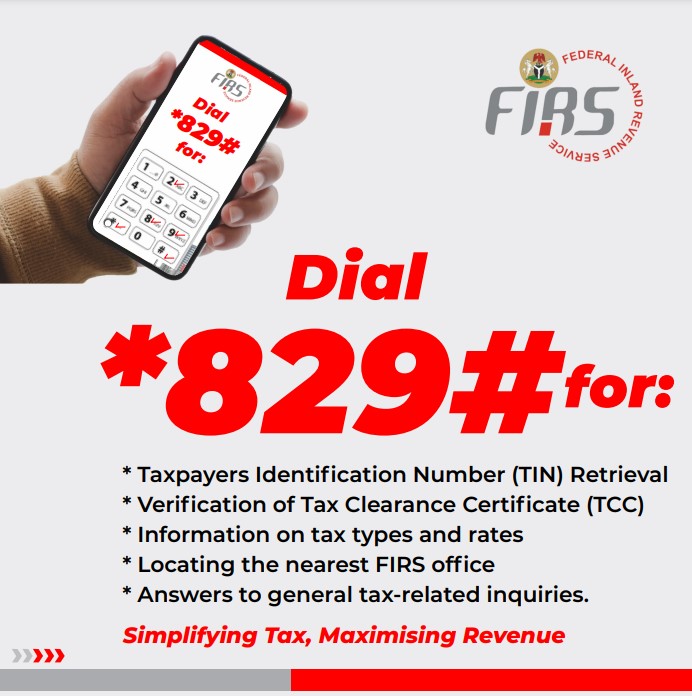News
How to become a professional Forex trader(first easy steps)
Having hosted online and offline Forex trading seminars for 150+ students nationwide, Ambrose Ebuka has developed a useful roadmap that can take a Forex newbie to professional level in Forex trading.
These steps are outlined from a recent radio show and can take you from beginner to Forex trading professional if followed judiciously.
Step 1: Learn the basics
The first step in the journey of learning Forex begins with the bare basics. What is Forex? How does it work? How can I use it?
A term coined from the abbreviation of foreign exchange, Forex is the market where people and institutions, such as banks and investment funds, exchange currencies. The Forex market is the largest financial market in the world, open globally twenty-four hours a day, five days a week.
The broker helps make the Forex market accessible for millions of retail traders around the world. Brokers also provide traders access to leverage, which traders can use to increase their initial investments by the means of borrowed funds. While it may increase the potential for greater profit, it also increases the risk of losing one’s trading capital. Hence, ensuring proper risk management is paramount.
In Forex, one currency is always exchanged for another, forming currency pairs. Two common examples of currency pairs are GBPJPY (the British pound against the Japanese yen) and EURUSD (the euro against the US dollar). In every pair, the first currency is called the base, followed by the quote currency. In our GBPJPY example above, GBP is the base currency, while JPY is the quote currency.
Profits from Forex come from the movement of currencies in a trade. These movements are measured in pips, which usually represent the last decimal place of a price quote.
Head over to the OctaFX YouTube channel where you’ll find many detailed videos by Forex trading experts that will boost your forex trading knowledge.
Step 2: Get the timing right
Traders enter the Forex market to make profits. The best time for this is when volatility and liquidity are highest in the Forex market. Four trading sessions called by the names of cities where major stock exchanges operate—New York, London, Sydney, and Tokyo—run for nine hours each. The peak trading period occurs when trading sessions overlap (that is, when more than one trading session is open at the same time). This period offers the most liquidity and increased price movements for currency pairs traded most during these sessions.
Taking into account the overlaps and the different trading sessions’ open hours, Nigerian trading experts have concluded that the best time to trade is between the opening time of the London session to the closing time of the New York session (8:00 am to 5:00 pm Nigerian time). During these hours, there are many chances to make a successful trade because liquidity is highest for major currency pairs like EUR/USD and GBP/USD.
Economic data tends to be one of the most important driving forces for short-term movements in the Forex market. Another big factor is the time of publication of press releases and other influential statements. A major news release has the power to boost a snail-paced trading period.
Although traders should not concern themselves with every news, there are significant events that traders must not neglect. You can find every such event in the OctaFX country-specific economic calendar. They provide you with past, present, and future updates regarding the economic news of a country.
Step 3: Analyse the market
Professional Forex traders create a combination of systems to analyse the Forex market, which then inform their trading decisions.
Forex traders use three known methods to analyse the market—fundamental, technical and sentiment analysis. The last one is the most uncommon of the three. Sentiment analysis involves analysing the movement of currencies based on popular opinion among Forex traders.
Fundamental analysis breaks down the impact of political, economic, and social factors on the relative value of a currency. Such factors as disease epidemics or high unemployment rates, among others, can cause a decrease in a country’s economy. In this case, the currency of this country will probably decline. The reverse would be the case for positive economic growth and the rise of the national currency.
OctaFX provides an easier way to keep yourself updated by sharing reports on the key events.
Technical analysis studies historical price movements to identify patterns and predict future price movements. Using trend lines, support and resistance levels, indicators, and various chart patterns, Forex analysts and traders decide on the most favourable trading decisions.
Here are a few trusted market analysis practises:
- Apply both technical and fundamental analyses
- Identify daily and weekly trends. Is it an uptrend or a downtrend?
- Mark support and resistance levels.
- Look for swings highs/swing lows.
- Identify key price zones where retracement can occur. Then apply the Fibonacci retracement indicator to confirm.
Developing the strategy that works for you requires that you have a plan, continuously work on it, test it on historical data or on demo account and develop it over time. Go through the Analysis & Education section of the OctaFX website (don’t forget about the YouTube channel) to get educational material on all the technical terms and tools mentioned in this article. On the YouTube channel, you can watch professionals analyse the markets. You can explore their practices and test which one works for you.
Step 4: Don’t believe trading myths
There are several trading myths you should stop believing in if you want to become a professional Forex trader.
- Forex will give you quick money
Forex is not a get-rich-quick scheme. It is just like any other business that requires its own set of skills and techniques you must learn.
- You need a huge capital to start trading Forex
As a beginner trader, you have the option of starting small. Many brokers offer retail investors minimal deposit requirements to enter the Forex market. For example, with OctaFX, you can enter the Forex market with as little as $40.
- Spending more time watching your trades
Though trading needs a lot of commitment, it does not necessarily require you to stare at the screen all the time.
- High risk, High reward
A fatal misconception often made by beginner traders is that the more risk you take, the higher your reward can get. Leverage is a two-edged sword that can magnify your profits while exposing your trading account to a high level of risk if not used properly. Never use the leverage blindly.
- More trading means more profit
It does not matter how many trades you open. What matters is how much you make on every trade.
- Forex is a scam
Forex market is an international financial market where the world’s currencies are traded. A lot of money is usually involved in the Forex business, thence scammers take advantage of the situation to defraud unsuspecting traders expecting to make high profits. Do some research before venturing into any business, be it Forex trading or not.
- You will be right all the time
Losses are an integral part of trading. Accepting this and implementing risk management strategies plays a big role in helping traders achieve their targets and goals.
Develop a solid trading plan you’ve tested and convert your losses into lessons.
Step 5: Avoid popular trading mistakes
The journey to the professional level in any venture involves making mistakes and learning from them. Learning from others’ mistakes will save you much trouble. Here are a few common trading mistakes and how to avoid them.
- No analysis
Forex is not gambling. Placing a trade with poor analysis or a guess is a short route to bankruptcy.
- Overleveraging
Though it is tempting to use extreme leverage to make fast profits on a single trade, the risk of losing all you have is not worth it. It is wise to make proper assessments before using leverage and placing risk management orders.
- Letting emotions influence your trading
Trading with anger and in a frantic attempt to get your money back after a loss can ruin your investing experience. Keep your loss-per-trade at a maximum of 25% and quit it once it gets there. Switch to your demo account for a while if the trading is going hard.
- Poor risk management
Always ensure that you have proper risk management plans. Place your Stop losses to limit losses and take profits to close your orders immediately after you reach your profit target. Using conservative lot sizes and risk-reward ratios are also indispensable tools for managing risks.
- Breaking your own rules
Once you have a trading strategy that works for you, strictly keep to it. Do not let impatience get the best of you.
- Wrong Forex broker
You could lose all your money if your trading account is managed poorly, your broker is in financial trouble, or they are an outright scam. Consider your trading profit goals and what a broker offers.
Hey! If you got to the end, you are serious about taking on this journey and becoming a Forex trading professional. To keep you motivated, OctaFX is offering you a 100% bonus on your deposit when you use the promo code INFORM100 from now till the end of August.
Follow the steps described in this article, and you will be unstoppable in the world of finance.


 News19 hours ago
News19 hours agoNIGERIAN BREWERIES PARTNERS OZA CARNIVAL

 Top Stories7 hours ago
Top Stories7 hours agoTinubu’s Aide Condemns Plan To Reinstall ‘Jesus Is Not God’ Banner In Lekki Mosque

 News7 hours ago
News7 hours agoPetrol To Sell ₦935/Litre From Today – IPMAN

 Top Stories2 hours ago
Top Stories2 hours agoBreaking: FIRS Announces Fresh Recruitment, See Eligibility Criteria, Application Deadline

 Top Stories7 hours ago
Top Stories7 hours ago2025 Budget Cannot Address Nigeria’s Economic Challenges – Atiku

 News7 hours ago
News7 hours agoPresident Tinubu’s reforms not responsible for food stampedes – FG

 Entertainment7 hours ago
Entertainment7 hours agoI will be more influential in Nigeria than UK – Tobi Adegboyega

 Top Stories4 hours ago
Top Stories4 hours agoPrimate Ayodele’s Prophecies For 2025







